
Discovering Hattusa: The Ancient Heart of the Hittite Empire
Hattusa, the ancient capital of the Hittite Empire, is a remarkable archaeological site located in the heart of Turkey. Nestled near the modern village of Boğazkale in the Çorum Province, this UNESCO World Heritage site offers a fascinating glimpse into a civilization that thrived over 3,000 years ago. With its rich history and breathtaking ruins, Hattusa is a must-visit destination for anyone interested in the ancient world.
Table of Contents
How to Get to Hattusa
Reaching Hattusa is relatively straightforward. The nearest major city is Ankara, Turkey’s capital, which is about 200 kilometers away. From Ankara, visitors can rent a car or take a bus to Boğazkale. The drive takes approximately three hours through the scenic Anatolian landscape. Alternatively, travelers can fly into Kayseri Erkilet Airport, located roughly 150 kilometers from Hattusa, and then drive or take public transport to the site.
Highlights of the Hattusa
Hattusa is renowned for its impressive ruins, which include monumental gates, temples, and the well-preserved city layout. Key highlights include:
- The Lion’s Gate: This iconic entrance features two massive stone lions, symbolizing power and protection.
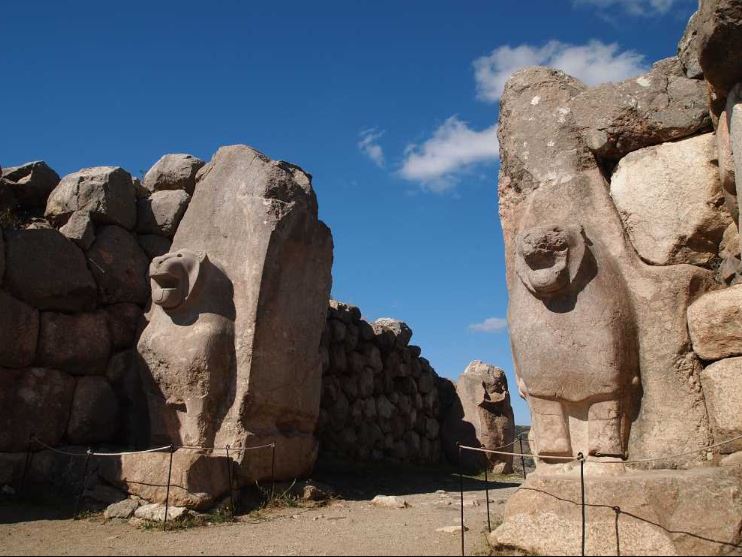
- The Sphinx Gate: Adorned with sphinx-like figures, this gate showcases the Hittites’ architectural skill and artistic expression.ü
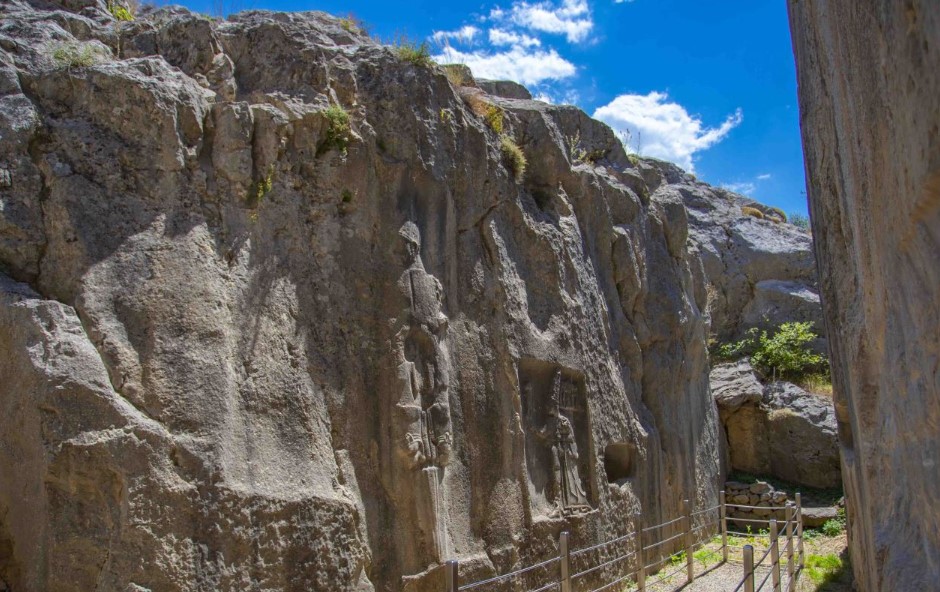
- The Great Temple of the Storm God: Dedicated to the storm god Teshub, this temple provides insights into Hittite religious practices.
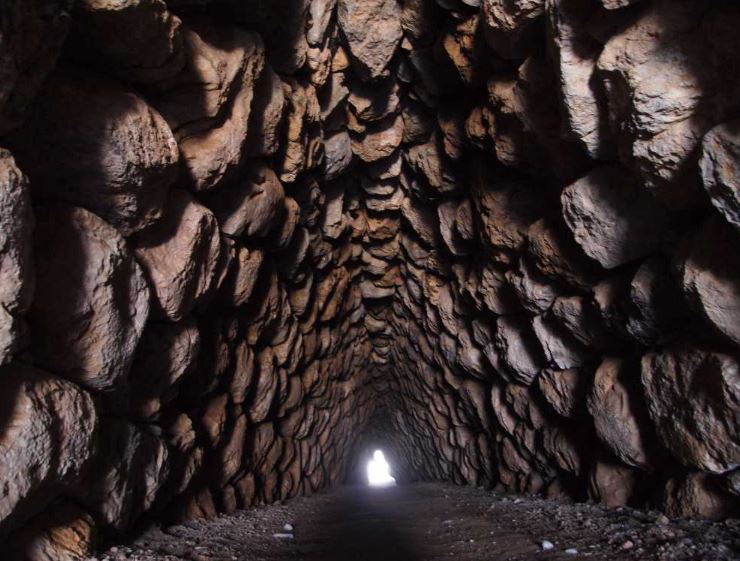
- The Royal Citadel: Explore the remains of the citadel, which served as the administrative center of the Hittite Empire.
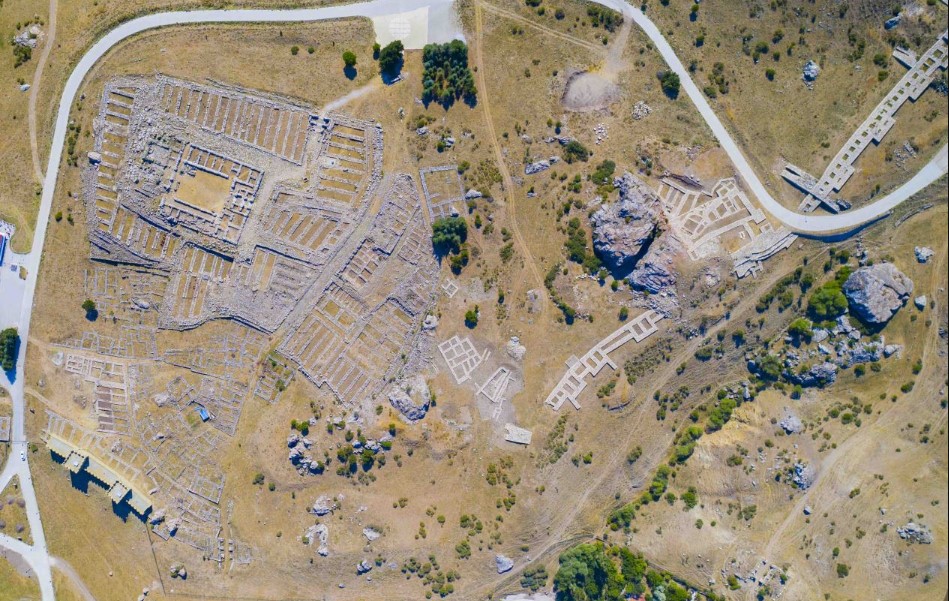
Why Hattusa is a Must-See Place
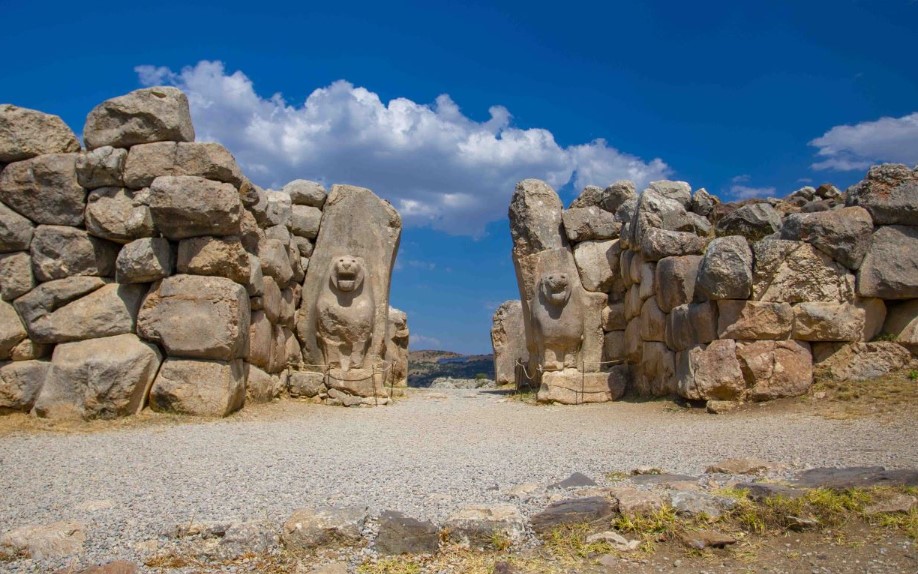
Hattusa is a must-see for history enthusiasts and travelers for several reasons. First, it is one of Turkey’s most significant archaeological sites, offering a unique opportunity to explore the remnants of a powerful ancient civilization. The Hittites were known for their advancements in law, diplomacy, and military strategy, and Hattusa serves as a testament to their achievements. Additionally, the site is a UNESCO World Heritage site, recognized for its cultural and historical significance. Finally, the stunning natural beauty surrounding Hattusa, with its rolling hills and lush landscapes, adds to the site’s allure, making it a truly unforgettable destination.
Legends and History of Hattusa
The history of Hattusa is rich with legends and fascinating stories. The Hittite Empire emerged around 1600 BCE, and Hattusa was established as its capital. The city thrived due to its strategic location along trade routes, connecting the Mediterranean and the Black Sea. One notable legend involves the Hittite king Hattusili I, who is said to have founded the city and expanded its territories. His leadership and military prowess played a crucial role in the Hittite Empire’s rise to power. Another legend tells of the city’s fall, attributed to invasions by the Sea Peoples, which led to its eventual decline around 1200 BCE. Archaeological discoveries, including clay tablets inscribed with cuneiform writing, provide further insights into the daily life, laws, and religious practices of the Hittites, revealing a complex and sophisticated society.
Interesting Facts About Hattusa
- Cuneiform Writing: The Hittites were among the first civilizations to use cuneiform writing, which they adapted from the Sumerians. Many clay tablets discovered at Hattusa contain records of treaties, laws, and correspondence.
- The First Peace Treaty: Hattusa is home to one of the earliest known peace treaties in history, signed between the Hittite king Hattusili III and the Egyptian Pharaoh Ramses II around 1259 BCE.
- Advanced Engineering: The Hittites were skilled engineers, as evident in the construction of the city’s massive stone walls, which still stand today. The walls, some reaching up to 8 meters in thickness, were designed to withstand attacks.
- Religious Practices: The Hittites practiced a polytheistic religion, worshiping numerous gods and goddesses. The Great Temple of the Storm God is a prime example of their religious architecture.
Architecture, Structure, and Design
The architecture of Hattusa reflects the sophistication of the Hittite civilization. The city was designed with both defensive and administrative purposes in mind. The imposing stone walls encircle the city, providing protection against invasions. The gates, such as the Lion’s Gate and the Sphinx Gate, are adorned with intricate carvings that showcase the artistic skills of the Hittites. The layout of Hattusa includes residential areas, temples, and administrative buildings, arranged strategically to facilitate governance and trade. The Great Temple serves as a focal point, demonstrating the importance of religion in Hittite society.
Nearby Attractions
Hattusa is surrounded by several attractions that can enhance a visit to the region. Notable nearby sites include:
- Yazılıkaya: Just a short distance from Hattusa, Yazılıkaya is an open-air sanctuary featuring rock reliefs depicting Hittite gods and goddesses. The site offers a deeper understanding of Hittite religion and art.
- Boğazkale Museum: Located in the nearby village, the museum houses artifacts discovered at Hattusa, including pottery, tools, and sculptures, providing valuable context for the history and culture of the Hittites.
- Alaca Höyük: This archaeological site, located about 30 kilometers from Hattusa, features the remains of a Hittite settlement. Visitors can explore the ancient ruins and learn about the early history of the Hittite civilization.
Best Time to Visit Hattusa
The best time to visit Hattusa is during the spring (April to June) and autumn (September to October) months. During these seasons, the weather is mild and pleasant, making it ideal for exploring the archaeological site. Summer months can be quite hot, while winter may bring snow, which can limit access to some areas.
Dress Code for Hattusa
While there is no strict dress code for visiting Hattusa, it is advisable to dress comfortably and appropriately for outdoor exploration. Visitors should wear sturdy walking shoes, as the terrain can be uneven. It is also wise to bring sun protection, such as hats and sunscreen, especially during the warmer months.
Opening Hours of Hattusa
Hattusa is open to visitors year-round, with specific hours that may vary by season. Generally, the site opens around 8 AM and closes at 7 PM during the summer months. In winter, the hours may be shorter, so it is advisable to check the schedule in advance.
Entrance Fee of Hattusa
The entrance fees for Hattusa are reasonable, allowing visitors to explore the ancient ruins and learn about the Hittite civilization. Fees may vary, so it is best to confirm the current rates before visiting.
Museum Pass: Valid or Not for Hattusa
The Museum Pass Turkey is not valid for entry to Hattusa, as it is a separate archaeological site. However, the entrance fee is modest compared to the rich experience it offers. Visitors will find that the historical significance and stunning ruins make it well worth the cost.
Tips for Visitors
For a memorable visit to Hattusa, consider the following tips:
- Plan Ahead: Research the site and its history before visiting to enhance the experience.
- Hire a Guide: Consider hiring a local guide to gain deeper insights into the history and significance of the ruins.
- Bring Water and Snacks: Pack water and snacks, as facilities on-site may be limited.
- Take Your Time: Allocate enough time to explore both Hattusa and the nearby Yazılıkaya.
- Capture the Memories: Bring a camera to capture the stunning architectural details and breathtaking landscapes.
FAQ
How do I get to Hattusa from Kayseri?
To reach Hattusa from Kayseri, visitors can rent a car, take a bus, or join a guided tour. The drive takes about two hours and offers scenic views of the Anatolian countryside.
What are the hours of operation for Hattusa?
Hattusa is generally open from 8 AM to 7 PM during the summer months. Winter hours may vary, so it is best to check in advance.
Is there an entrance fee for Hattusa?
Yes, there is an entrance fee to visit Hattusa. The fee is modest, and it allows visitors to explore the ancient ruins.
Can I take guided tours of Hattusa?
Yes, guided tours are available, and hiring a local guide can enhance the experience by providing valuable insights into the history and significance of the site.
Are there any nearby attractions worth visiting?
Yes, nearby attractions include Yazılıkaya, an open-air sanctuary with rock reliefs, and the Boğazkale Museum, which houses artifacts from Hattusa.
Source: Çorum Provincial Directorate of Culture and Tourism Archive. “Çorum with its Geography, History, Culture and Literature.”
